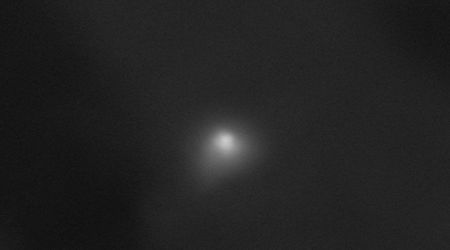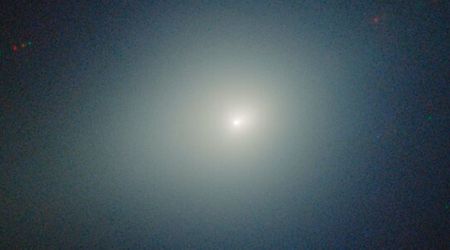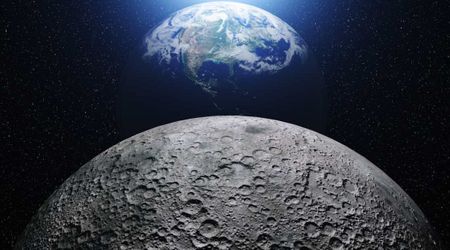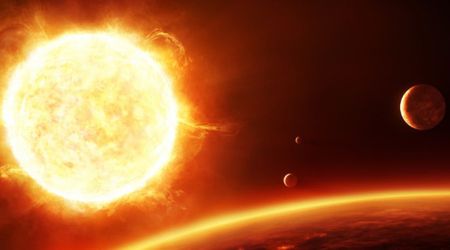Scientists reveal signs of active life on Mars could now be detected using an old tool
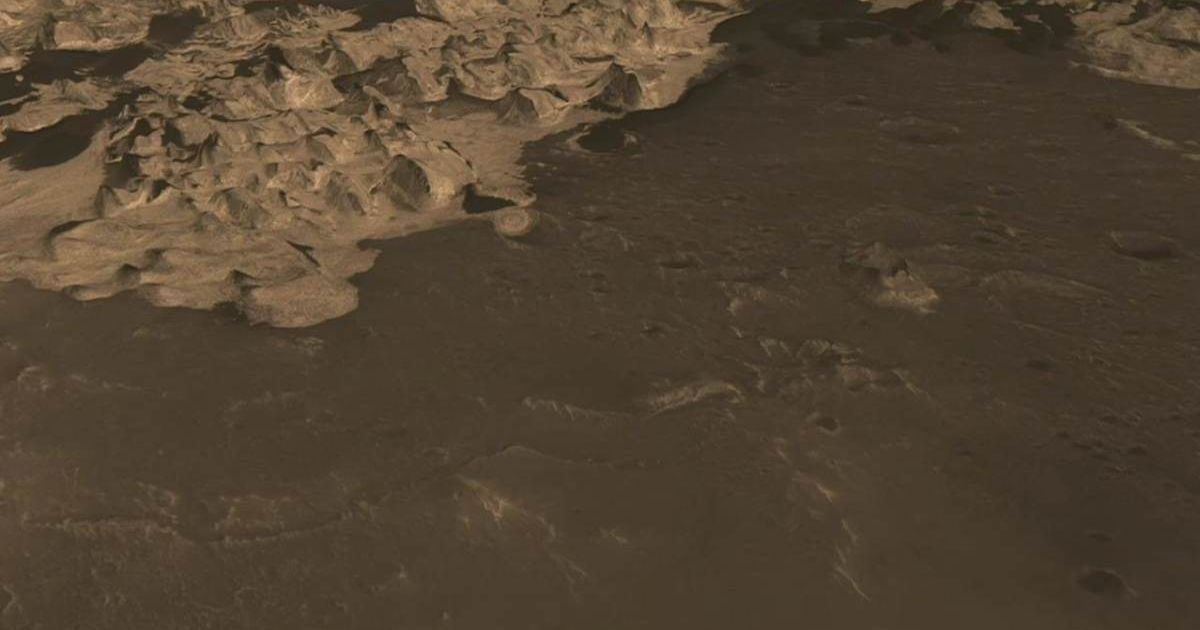
A new, simple method could allow scientists to detect signs of active life on Mars using existing equipment on rovers, potentially offering a breakthrough in the search for extraterrestrial organisms. The technique, developed by researchers at Imperial College London, uses a gas chromatograph-mass spectrometer (GC-MS), an instrument already present on the Mars Curiosity rover and planned for the upcoming ExoMars Rosalind Franklin rover, as mentioned on Imperial College London.

This discovery, published in the journal njp Space Exploration, challenges the belief that new, costly missions are needed to find signs of life. Instead, it leverages a proven technology to identify a specific chemical bond found in the cell membranes of living and recently deceased organisms.
For decades, space agencies like NASA and ESA have relied on the GC-MS for various planetary analyses. However, PhD student Solomon Hirsch and his supervisor, Professor Mark Sephton, discovered that the instrument is capable of a new trick. By detecting a unique sequence of atoms in molecules called intact polar lipids (IPLs), the researchers found they could pinpoint the presence of viable life. The signature of these bonds appears as a distinct spike on the instrument's readout.
The key to this method is its time-sensitive nature. The IPL bonds disintegrate within hours of an organism's death, meaning a positive reading from the GC-MS would indicate life that is either currently active or has been very recently. "We have developed an elegant method that rapidly and reliably identifies a chemical bond that shows the presence of viable life,” Professor Sephton stated. “The Curiosity rover just turned 13 on Mars, but who says you can’t teach an old dog new tricks?” While the surface of Mars is generally considered hostile to life due to harsh temperatures and radiation, scientists haven't ruled out the possibility of organisms existing in subsurface environments. Future missions like ExoMars will drill deeper into the planet, increasing the likelihood of finding active life.

The new technique isn't limited to Mars. It could be used to analyze samples from other celestial bodies, such as the plumes of icy moons in the outer solar system, or to screen samples returned to Earth from alien biospheres. This would make the work of global scientific teams, who plan to spend millions of dollars searching for life in returned samples, significantly easier and more efficient.
“Our expectation of finding things alive on the Martian surface is low due to the hostile temperature and radiation conditions. Still, we aren’t ruling out the possibility - life finds amazing ways to survive in extreme circumstances. Furthermore, future missions such as the ExoMars mission plan to drill metres deep into the surface of the planet where the likelihood of finding active life is significantly higher,” Hirsch said.
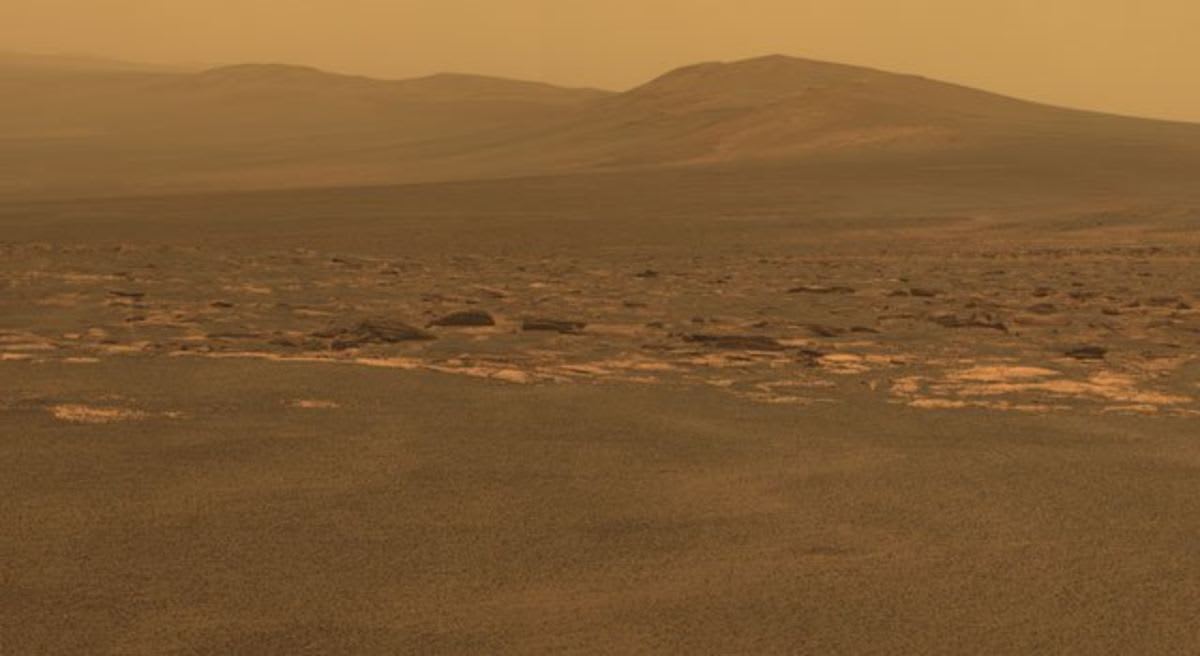
However, even as scientists develop new tools to search for living organisms, another recent discovery offers a sobering explanation for why finding life on Mars is such a challenging task. A new study, also published in the journal Nature, shed light on a longstanding mystery: why the Red Planet, despite clear evidence of ancient waterways, largely remained a desolate world while Earth sustained life. The new research centers on a crucial clue found by the very same NASA's Curiosity rover earlier this year: carbonate-rich rocks.
